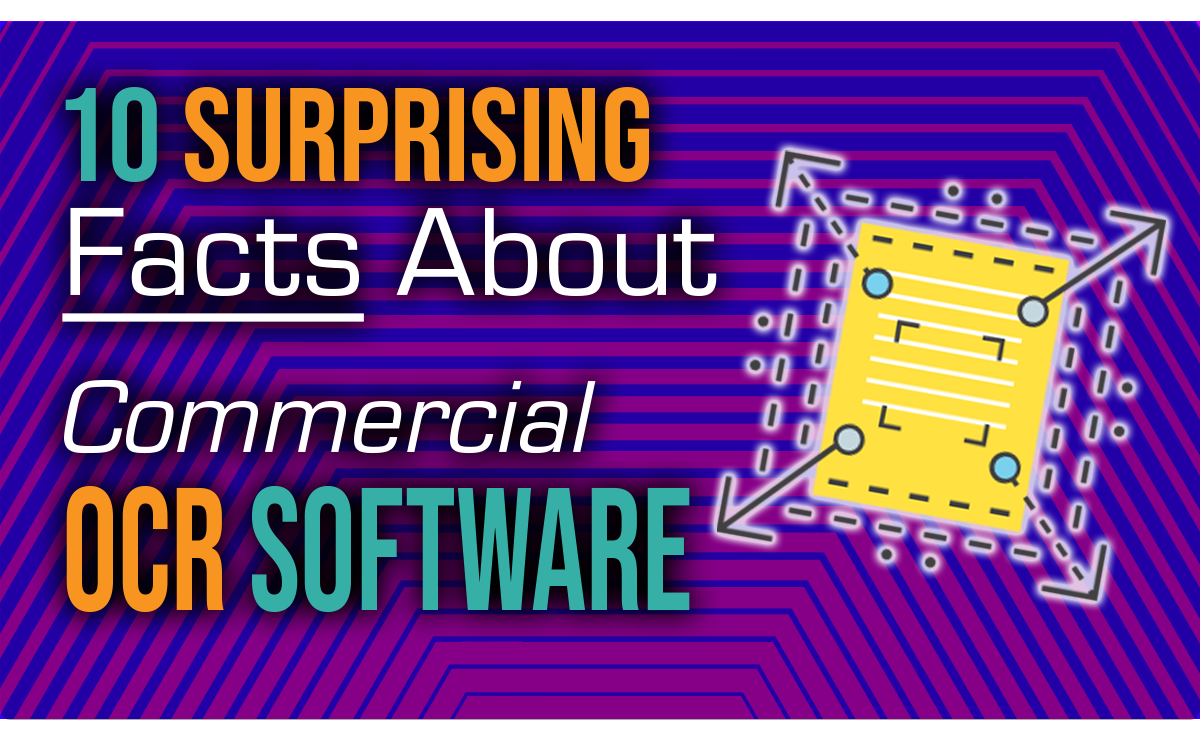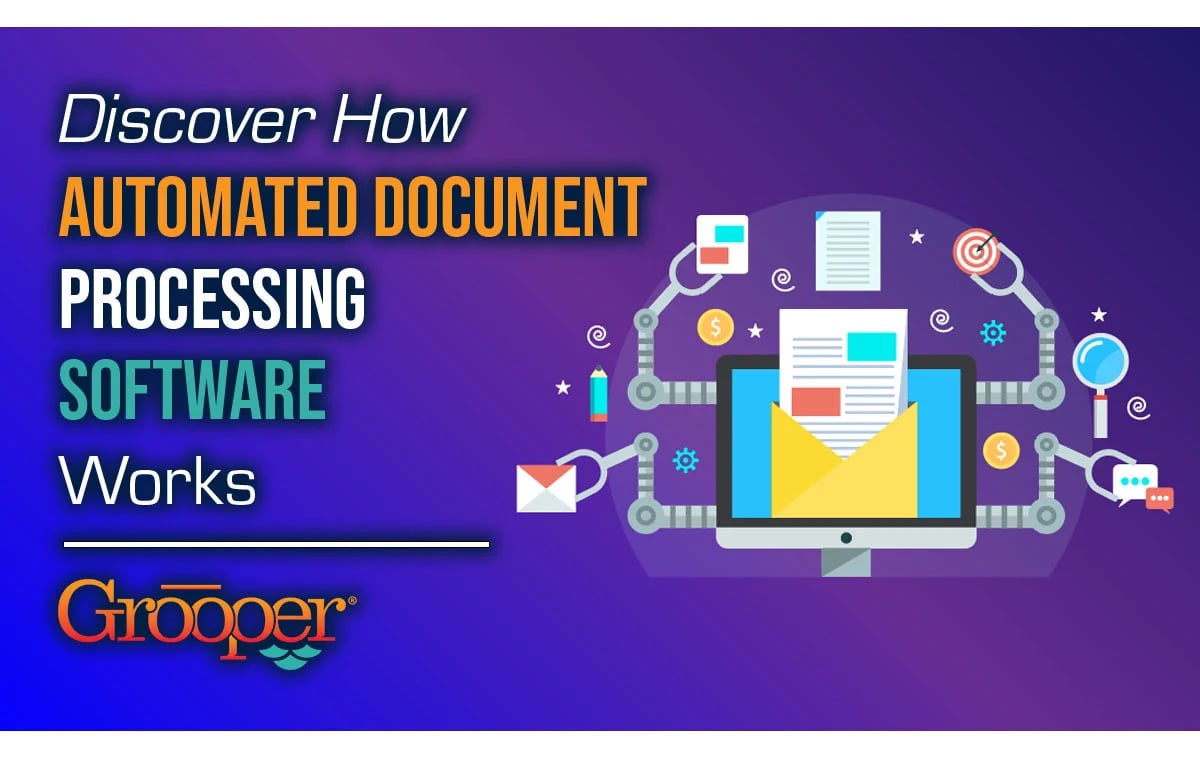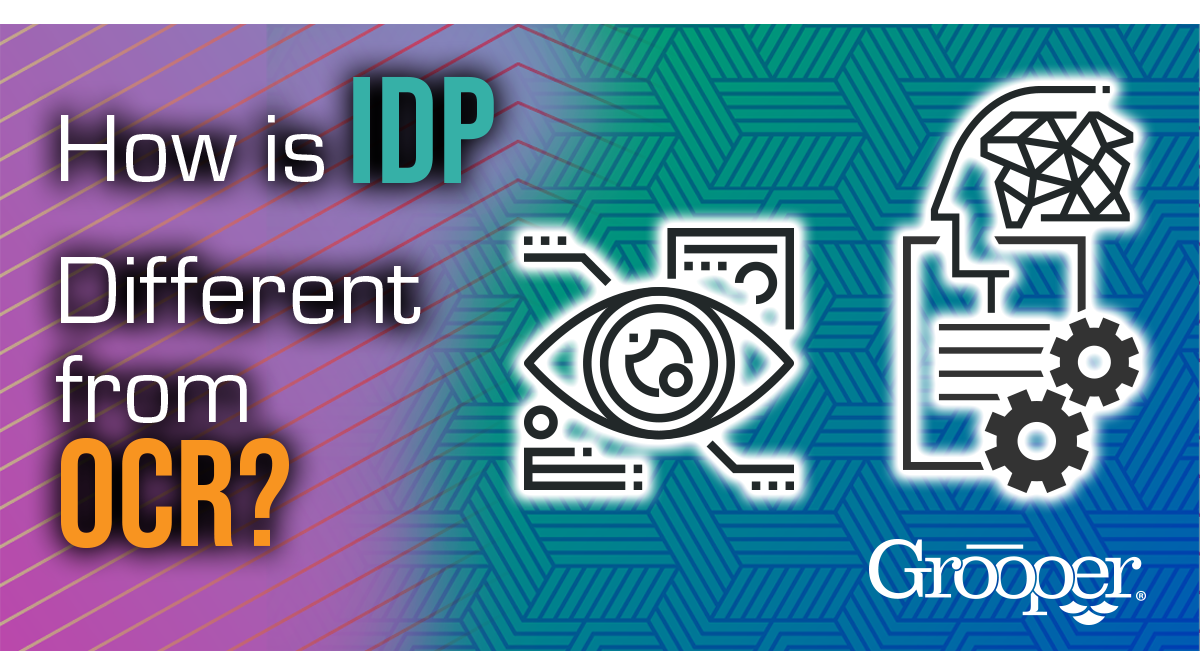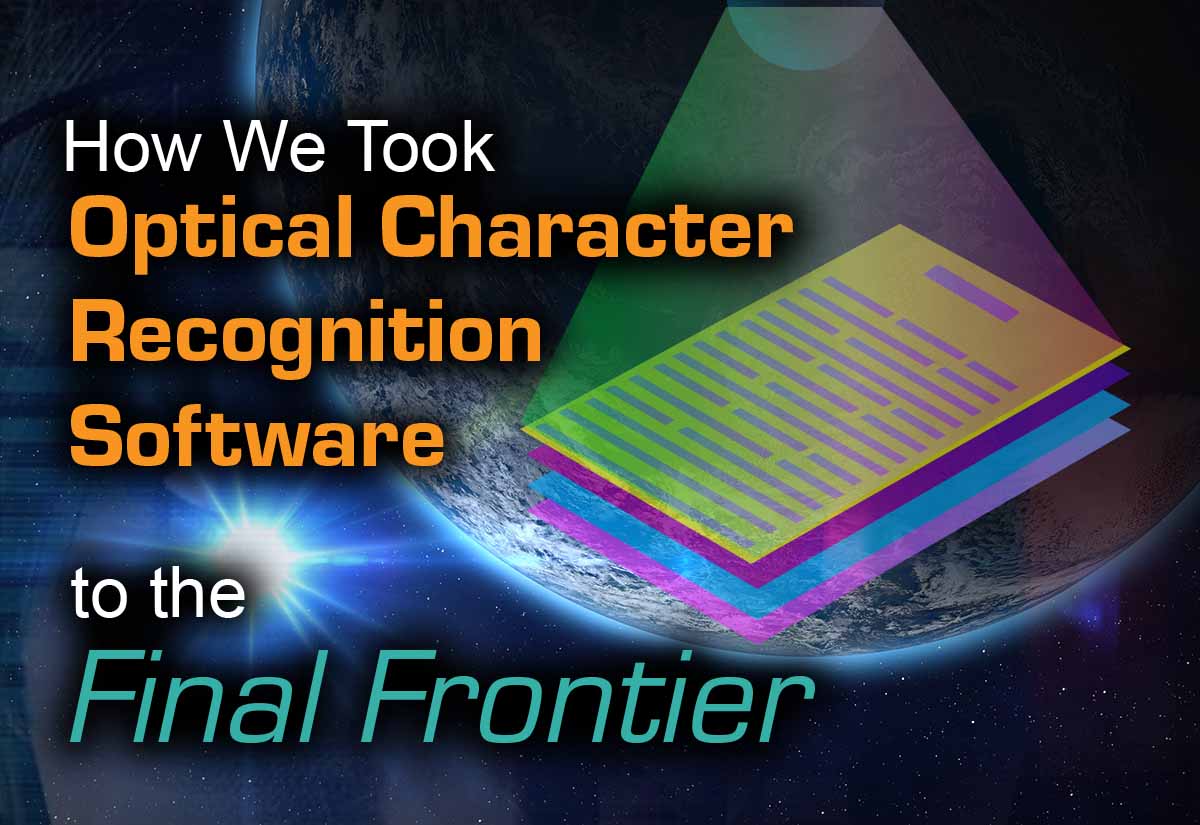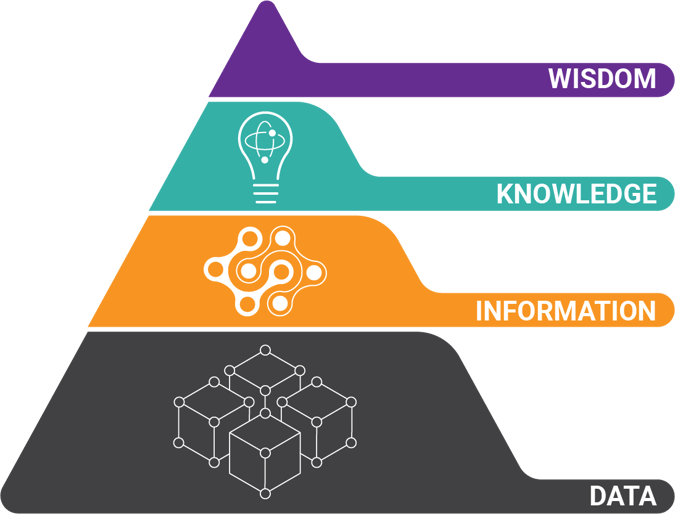Check out these 10 Interesting Facts About Commercial OCR Software You Need to Know:
![]() The first commercial-grade OCR machine was installed in 1954 at Reader's Digest. It was used to integrate typewritten data into computers via punched cards. [1]
The first commercial-grade OCR machine was installed in 1954 at Reader's Digest. It was used to integrate typewritten data into computers via punched cards. [1]
![]() OCR-A was developed with American standards and OCR-B was developed because Europeans wanted more natural looking fonts. [2]
OCR-A was developed with American standards and OCR-B was developed because Europeans wanted more natural looking fonts. [2]
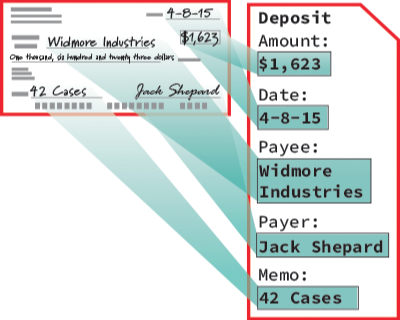
![]() OCR-B took five years and a dozen engineers to develop and became the ISO world standard. [3]
OCR-B took five years and a dozen engineers to develop and became the ISO world standard. [3]
![]() Early OCR machines read one character per minute; today 10,000+. [4]
Early OCR machines read one character per minute; today 10,000+. [4]
![]() Hidden Markov Models is a better OCR algorithm than Naive Bayes because it doesn't have to estimate every possible combination of features. [5]
Hidden Markov Models is a better OCR algorithm than Naive Bayes because it doesn't have to estimate every possible combination of features. [5]
![]() The largest OCR machine is the size of a football field, and 100 of them were purchased by the United States Postal Service at a cost of $1.3B - a decade ago. Watch video below:
The largest OCR machine is the size of a football field, and 100 of them were purchased by the United States Postal Service at a cost of $1.3B - a decade ago. Watch video below:
![]() OCR has been used to interpret sheet music, it's called Optical Mark Recognition, and it doesn't really work. [7]
OCR has been used to interpret sheet music, it's called Optical Mark Recognition, and it doesn't really work. [7]
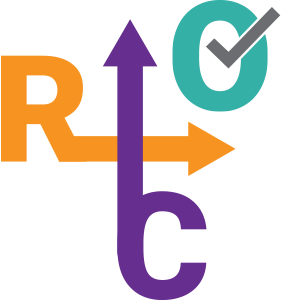
![]() One of the world's first commercial OCR machines was built in an attic, and could read serial numbers on travelers' checks at a rate of 100 checks per minute. [8]
One of the world's first commercial OCR machines was built in an attic, and could read serial numbers on travelers' checks at a rate of 100 checks per minute. [8]
![]() The height of public interest in OCR was 1986. It's been on a slow decline since. [9]
The height of public interest in OCR was 1986. It's been on a slow decline since. [9]
 Kurzweil Computer Products, Inc was one of the very first OCR programs. After 50 mergers and acquisitions, it's now owned by Kofax Inc., who's owned by Thoma Bravo. [10]
Kurzweil Computer Products, Inc was one of the very first OCR programs. After 50 mergers and acquisitions, it's now owned by Kofax Inc., who's owned by Thoma Bravo. [10]
 The global commercial OCR software market size is expected to reach $13.38 billion by 2025. [10.5]
The global commercial OCR software market size is expected to reach $13.38 billion by 2025. [10.5]
References
[1] Optical Character Recognition Systems for Different Languages with Soft Computing
[2] Optical Character Recognition Systems for Different Languages with Soft Computing
[3] Linotype - The Big OCR Project
[4] Postwar Years: Highlights of Type
[5] Hidden Markov Model and Naive Bayes relationship
[7] Optical Music Recognition - Commercial software
[8] David H. Shepard OCR machine
[9] Interest in optical character recognition
[10] Nuance Communications
[10.5] Optical Character Recognition Market Size, Share & Trends Analysis Report
About the Author: Brad Blood
Senior Marketing Specialist at BIS
